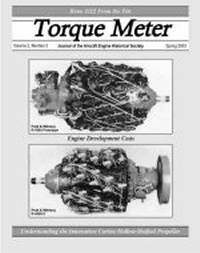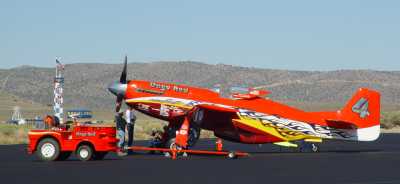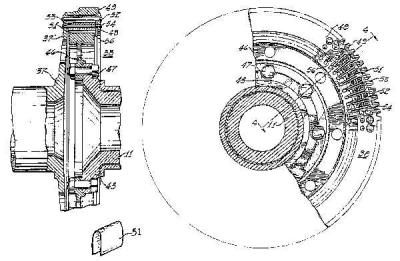
Torque Meter
Spring 2003 Issue
 |
 |
This report focuses on the Unlimited Class and is aimed at the techies and gear heads. It spotlights the "behind-the-scenes" goings-on that keep these remarkable racers in top form. It presents a day-to-day description of the scuttlebutt and overview of mechanical issues and tweaks made to the racers. |
 |
Engine Development Costs It is said that an engineer is one who builds for a dime what any fool can build for a dollar. This is certainly true of aircraft engines. Doug Culy explains how analysis of historical data can help predict the costs of new engine programs. Engine development is a big enough effort that its cost is frequently a noticeable fraction of the net worth of the company doing it. Because of the inherent risk and consequences of engine programs, manufacturers and their big customers study historical development program data so as to be able to predict the cost of the next program. |
 |
Hollow-Shafted, Constant Speed Propellers The Bell P-39 Airacobra and P-63 Kingcobra were very uniquely configured single engine WWII fighters that had their propeller reduction gearboxes mounted in the nose of the airplane, the V-12 Allison engine bolted amidships behind the pilot, with a 10 foot long, two-piece driveshaft coupling the two together. This left space immediately behind the propeller reduction gear to mount a 20 mm or 37 mm cannon, which fired through the center of the propeller hub. |
 |
The Allison Engineering Company: From the very beginning of powered flight, designers of propulsion systems realized there was a basic incompatibility between engines and propellers with regard to their respective speeds of rotation. Yet it wasn’t until WWII that really reliable reduction gear designs capable of handling high torque inputs came into being. |
